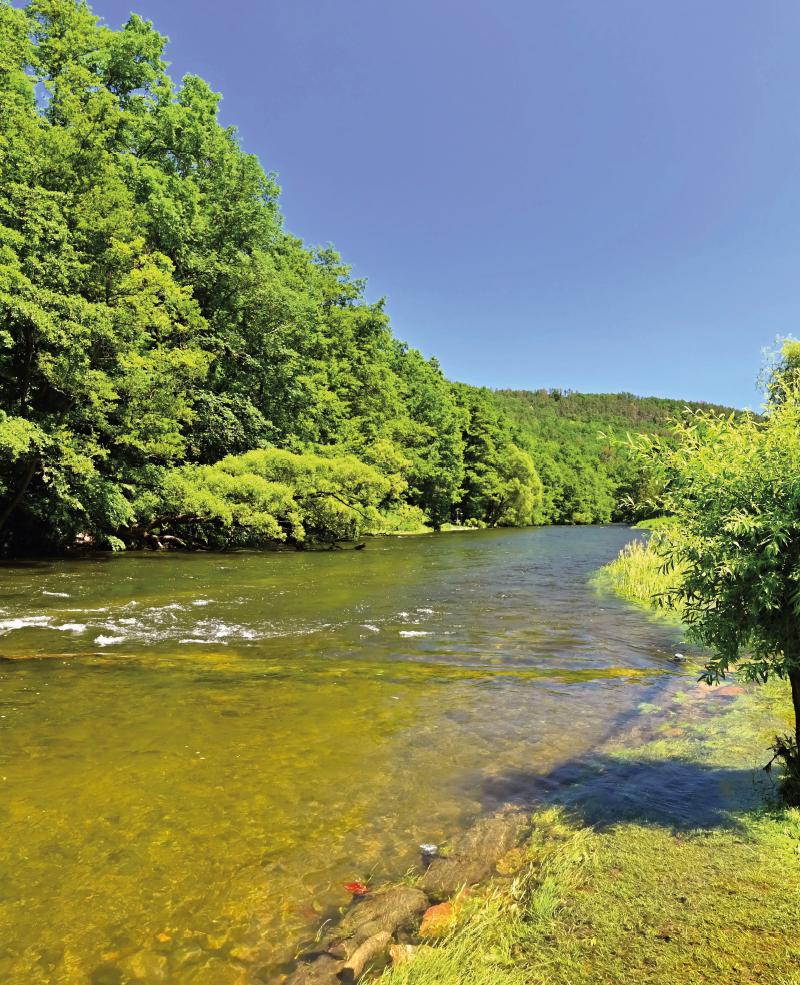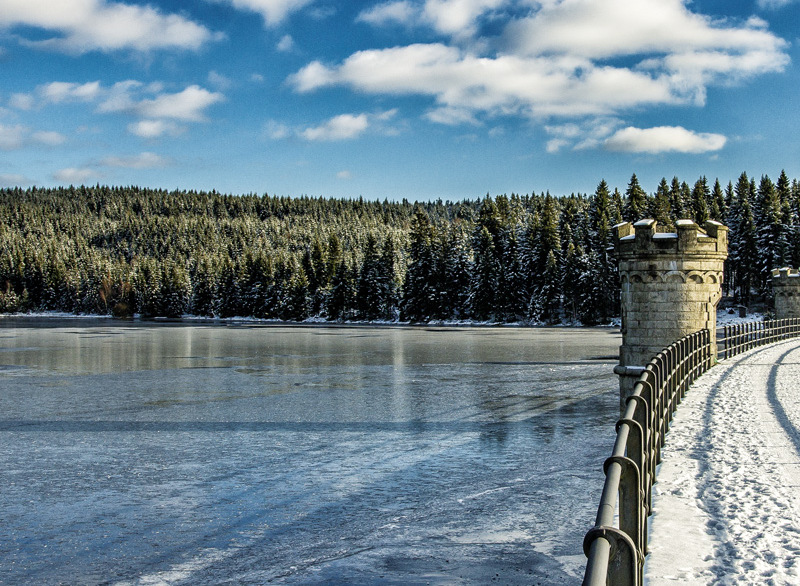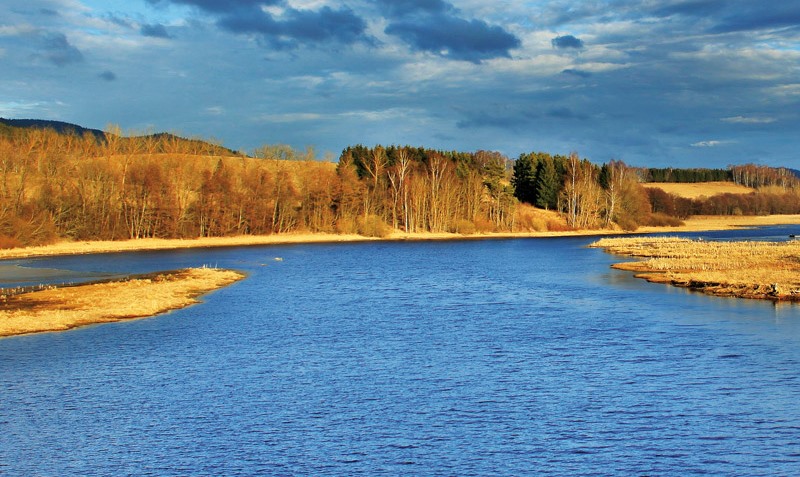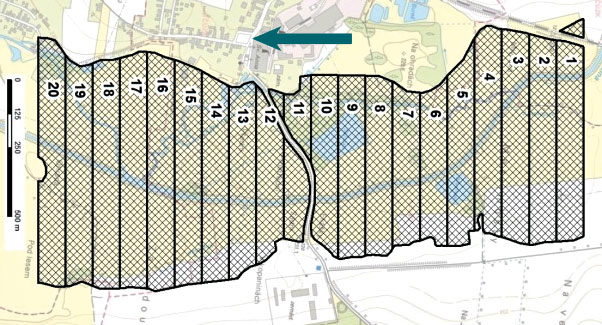Irrigation – rediscovered heritage, its documentation, popularisation and protection based on the example of historical meadow irrigation systems
Objekty závlah byly budovány a fungují převážně jako součást většího nebo menšího funkčního celku. Jejich význam i z pohledu potenciální pa-mátkové ochrany tak roste s identifikací a dokumentací nejen solitérních staveb, ale zejména celých soustav/funkčních celků a popisem vazeb mezi nimi. Samostatný objekt či stavba nemusejí být nijak výjimečné, avšak jejich zapojení do většího funkčního celku může vytvářet unikátně pojaté řešení. V oboru vodního hospodářství se obzvlášť projevuje důležitost a význam kritérií, jako je hodnota typologická, hodnota technologického toku, autenticita formy a funkce, hodnota technologických a systémových vazeb s přesahem do zemědělství či průmyslu. Článek přináší informace o možnostech využití tradičních metod historického a archivního výzkumu a dokumentace lokalit, jakož i o využití moderních nástrojů pro plošně rozsáhlejší systémy, včetně metod digitalizace a digitálního zpracování podkladů.
The alternative detemination of R-factor (Rainfall erosivity factor) in the Husí Creek catchment
Hodnocení erozní účinnosti deště je v současnosti těžištěm výzkumu v oblasti stanovení erozního ohrožení půdy. V rámci empirického modelování pomocí modelů rodiny USLE (the Universal Soil Loss Equation) je erozní účinnost deště reprezentována tzv. R faktorem, jehož hodnotu lze stanovit řadou doporučených postupů. Tento článek představuje možné alternativní způsoby určení hodnoty R faktoru na základě ročních a měsíčních sum srážkových úhrnů.
Bottom level estimation of water management infrastructures from historic project documentations
Monitoring and maintenance of water management infrastructure require knowledge of their reference state characterizing their design parameters. The reference state is derived primarily from the available project documentation, which is appropriately chosen to be converted to a digital model of the bottom terrain.
Possibilities of extrapolation of digital terrain model raster DMR 5G
Airborne laser imaging (LiDAR) has been carried out throughout the Czech Republic, enabling the creation of raster of digital model of terrain. This material is widely used in various fields. From the point of view of hydrology demands, however, the shortcoming of this technology resides in the absence of accurate/complete channel topography due to the absorption of the near-infrared laser beams by water.
The accuracy of flood extent simulation by an alternative tool – AIZM
The estimation of the extent of inundations is enabled by methods of physical and mathematical modelling which have been developing for many years. Increasing accuracy, related to precise measurements, demands higher computing capacity and more time.




